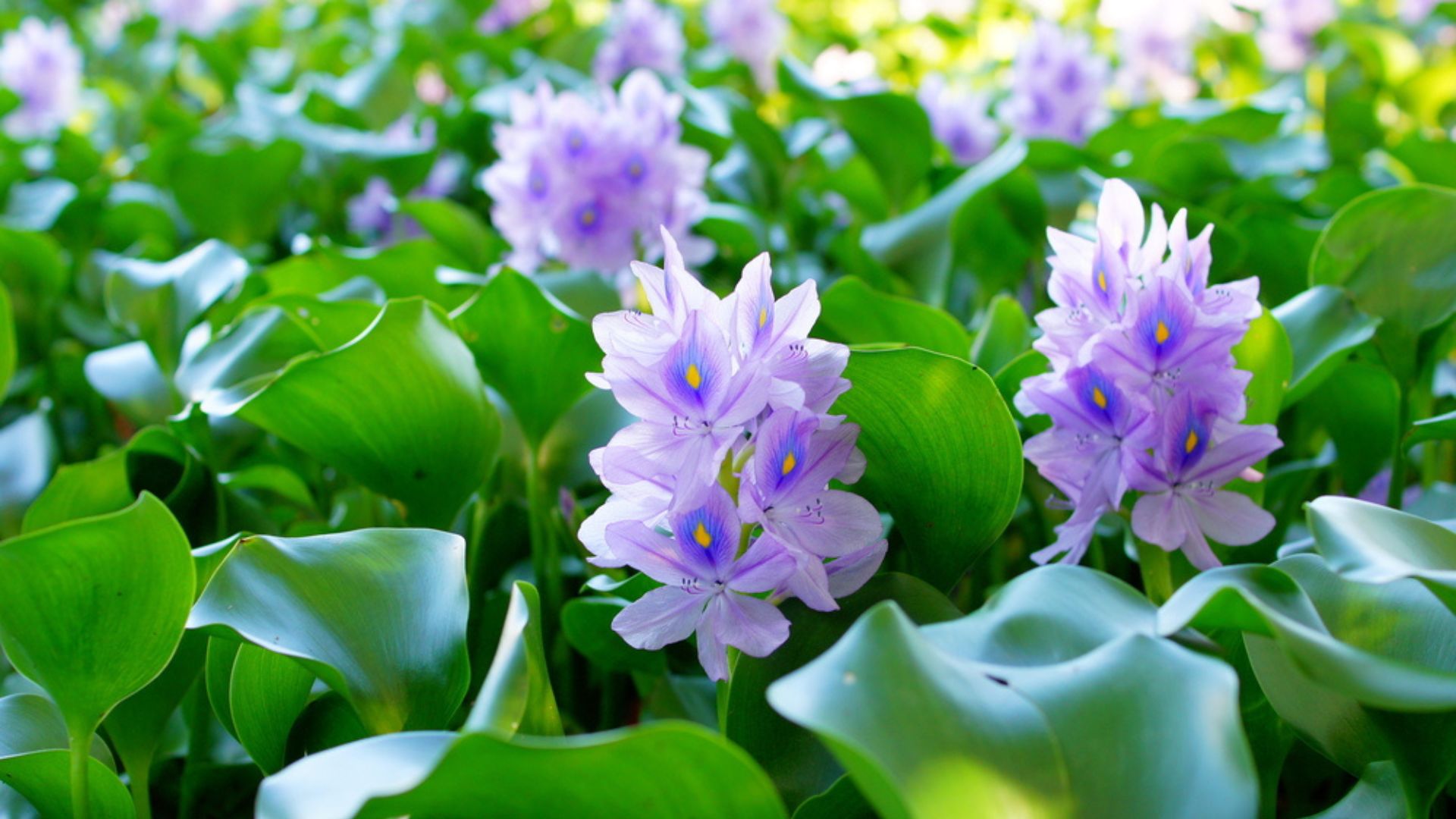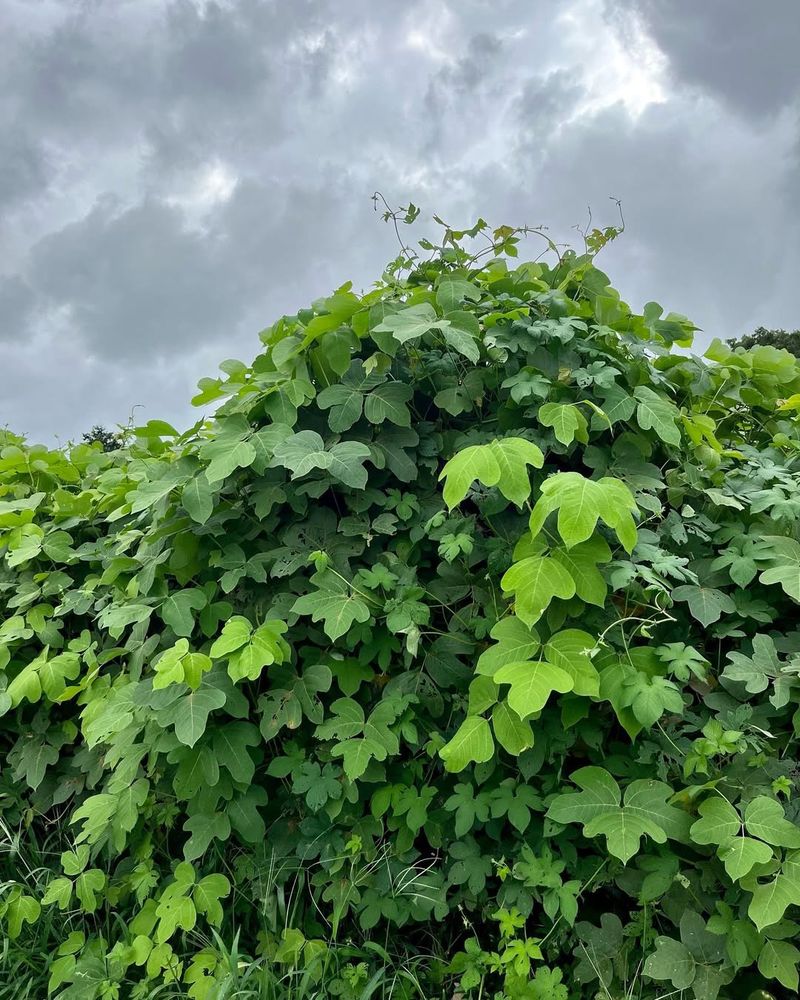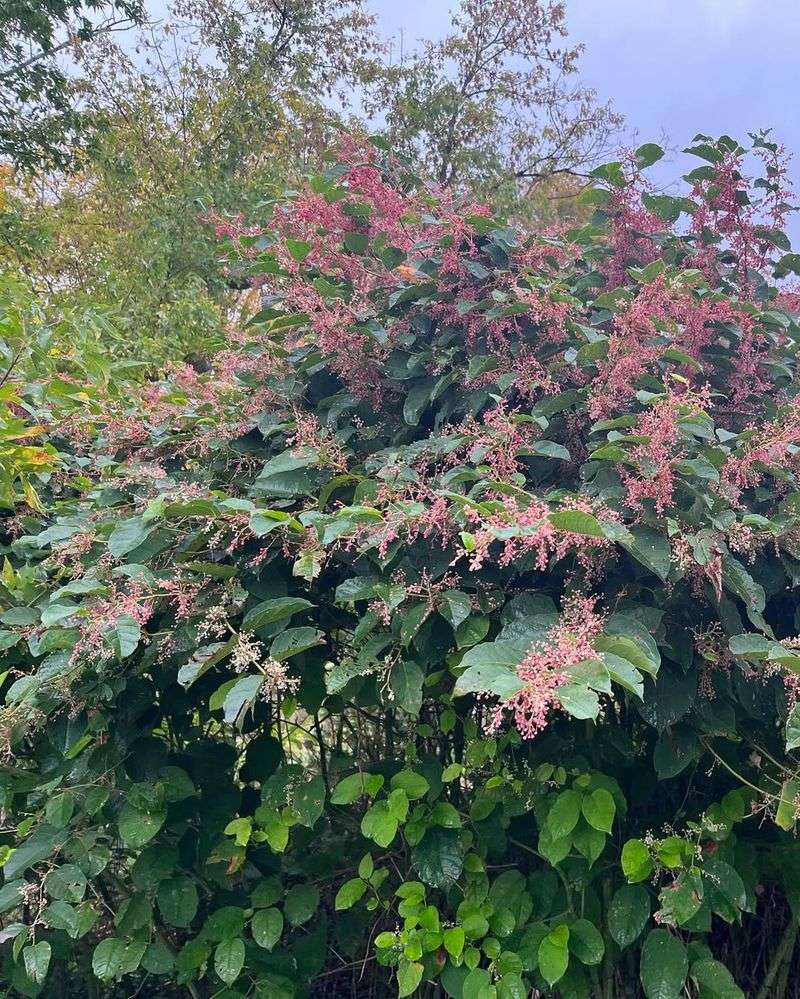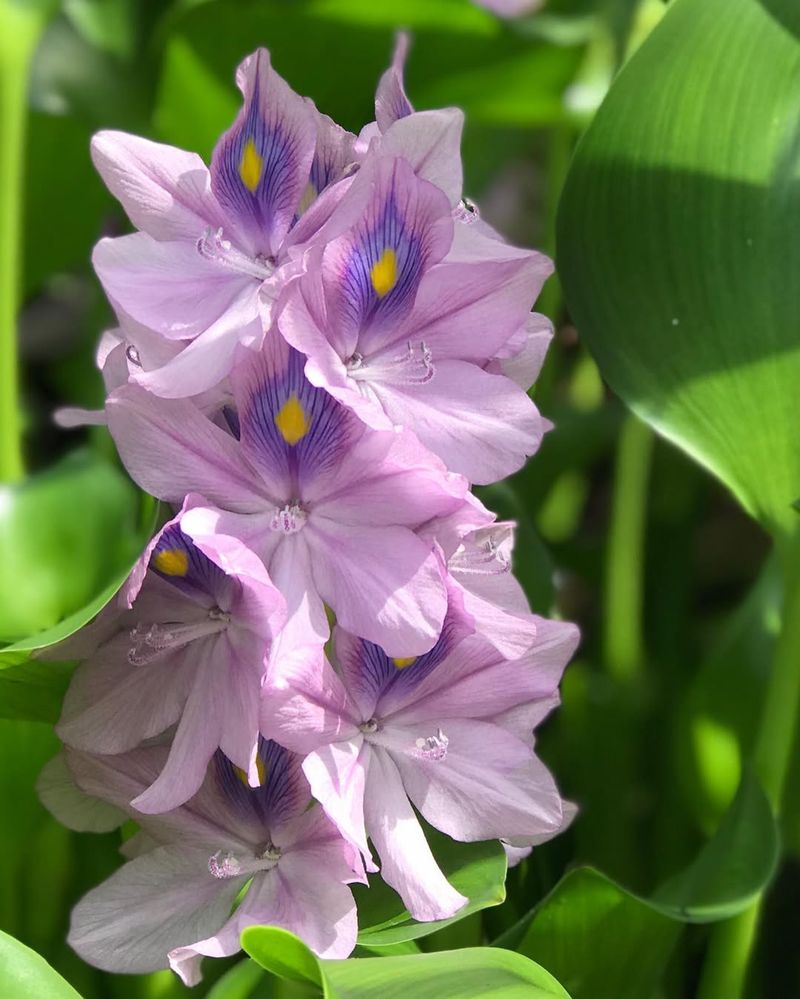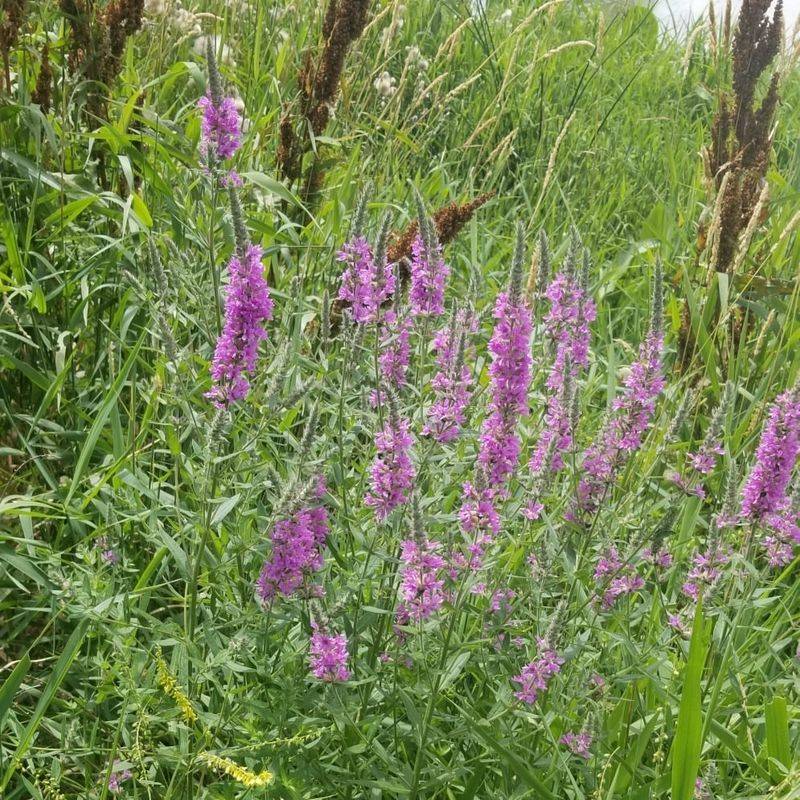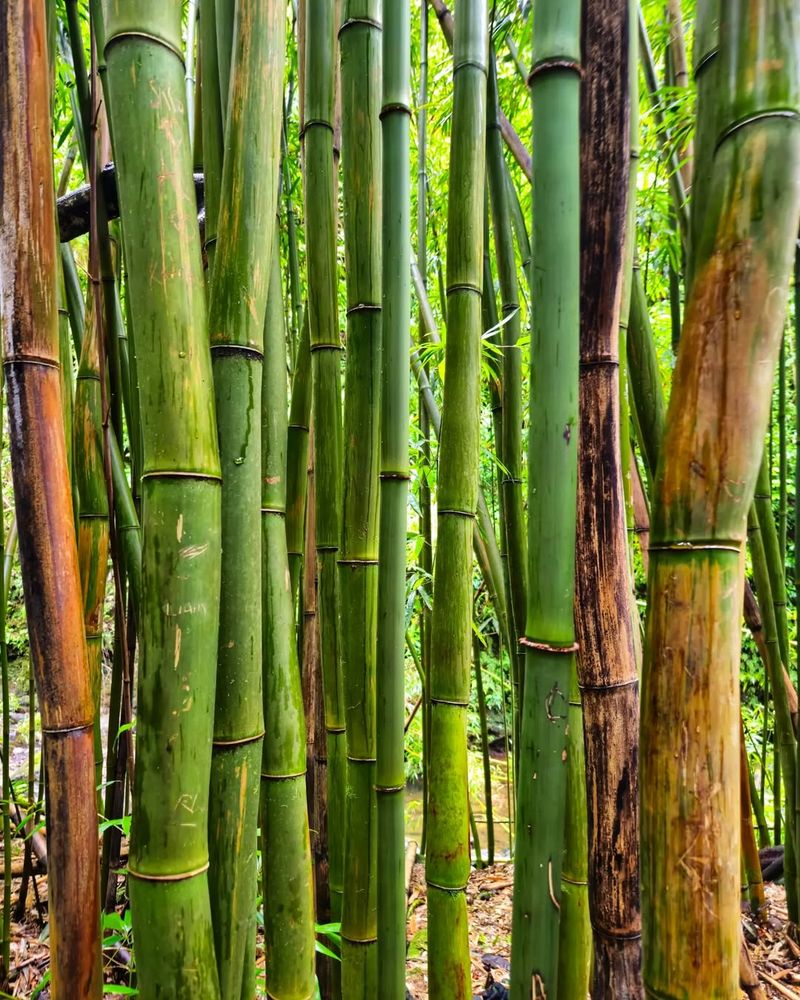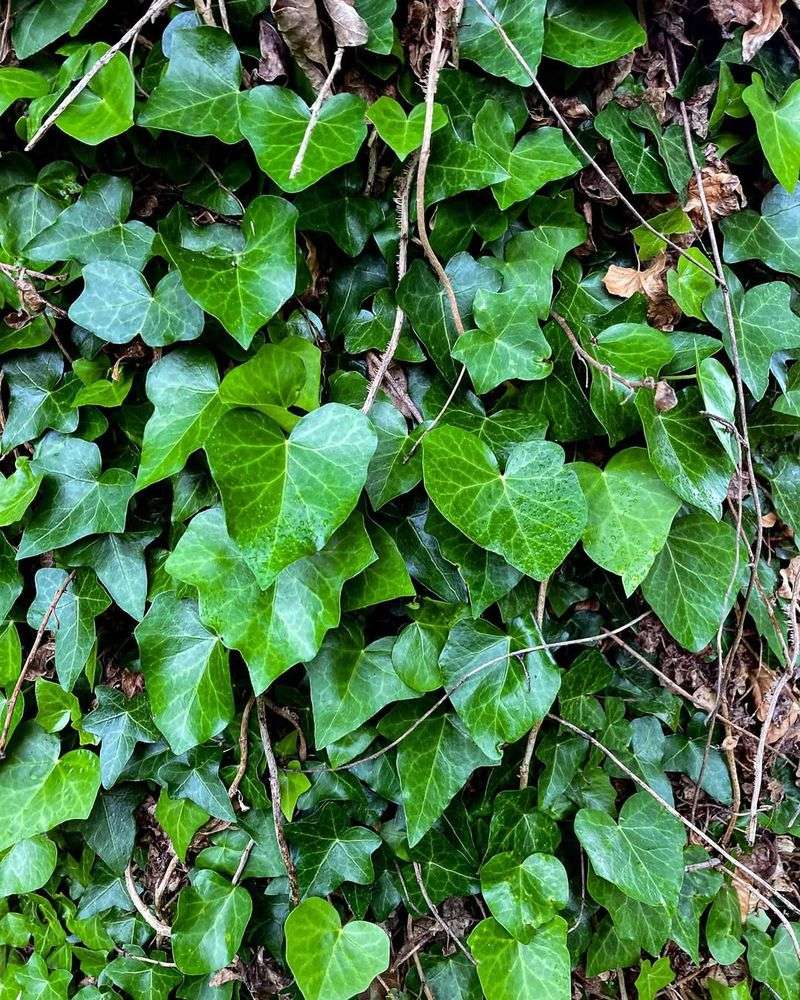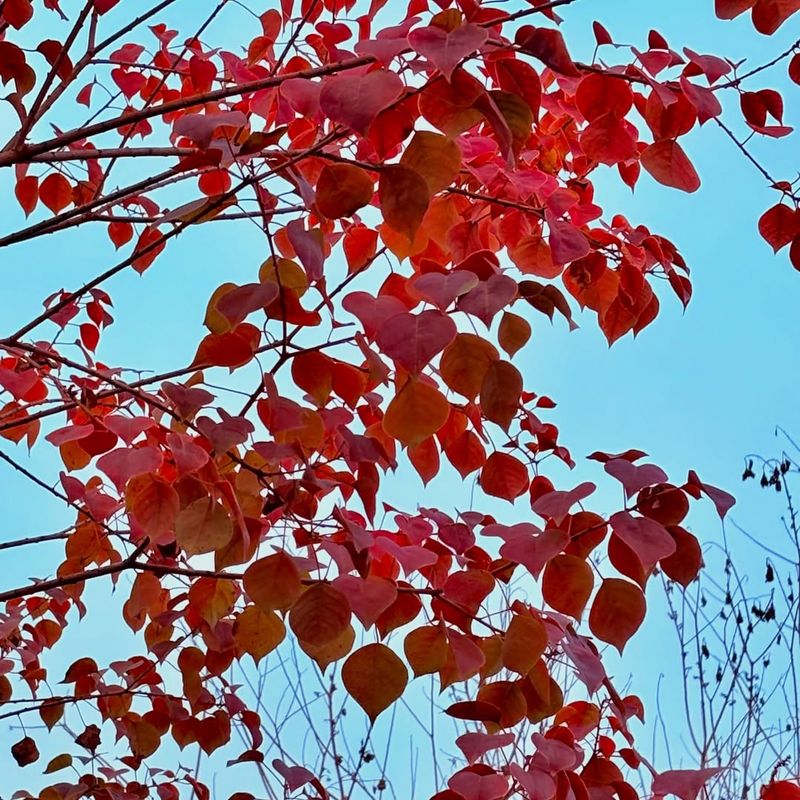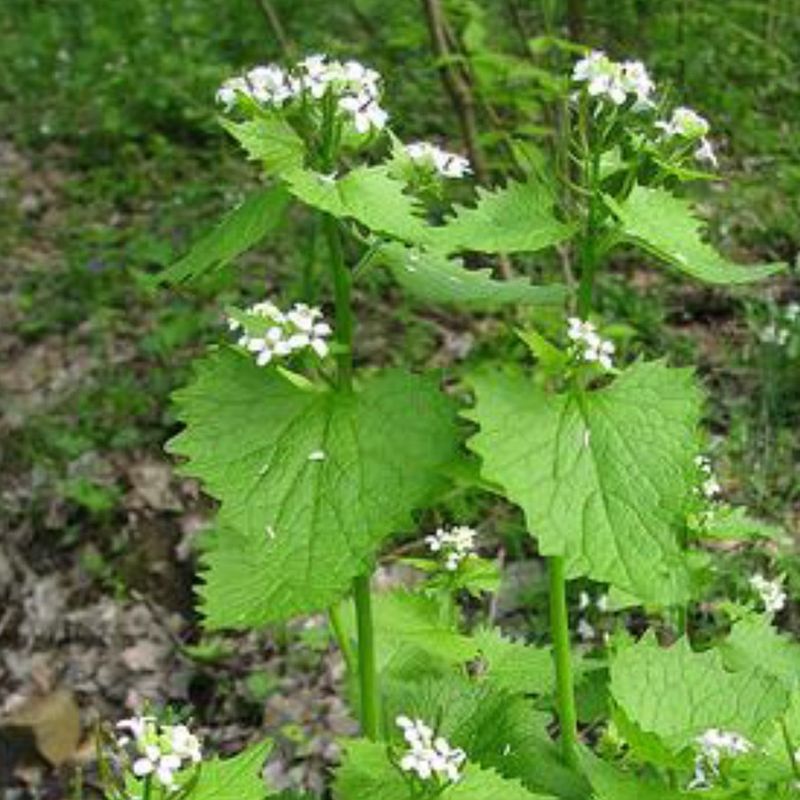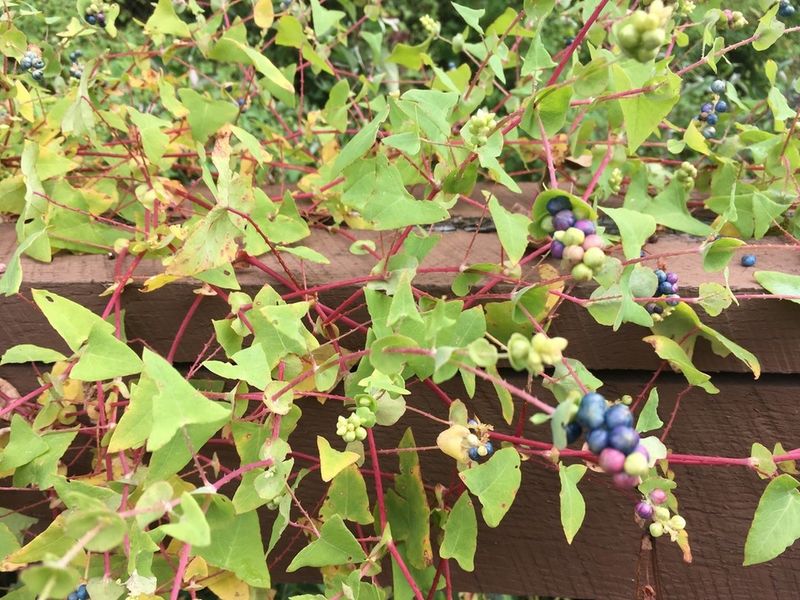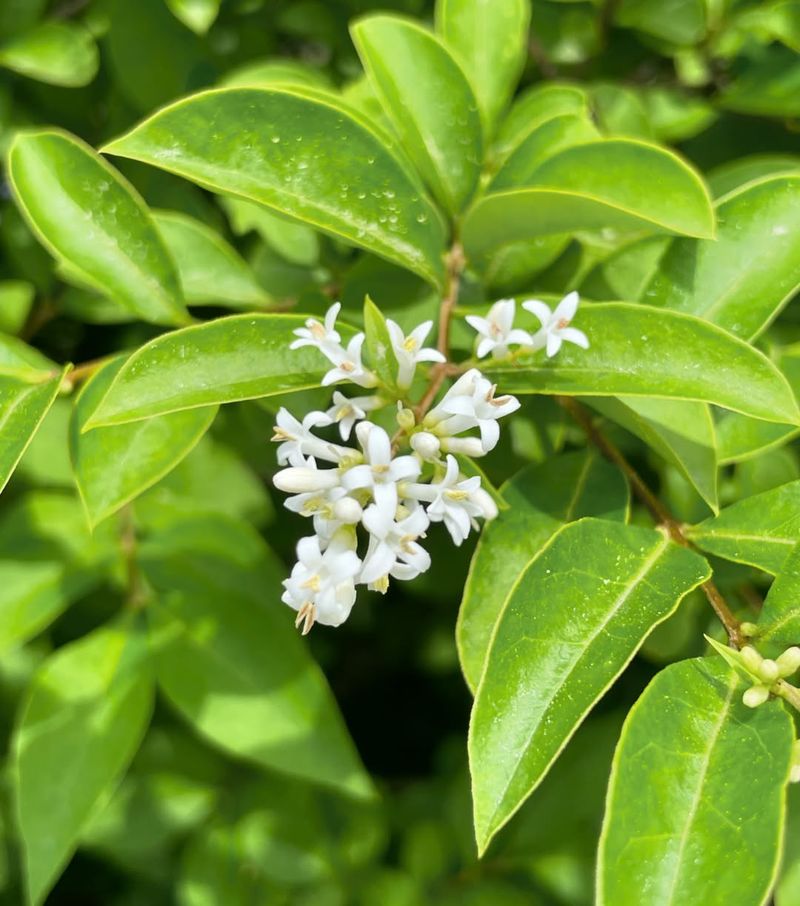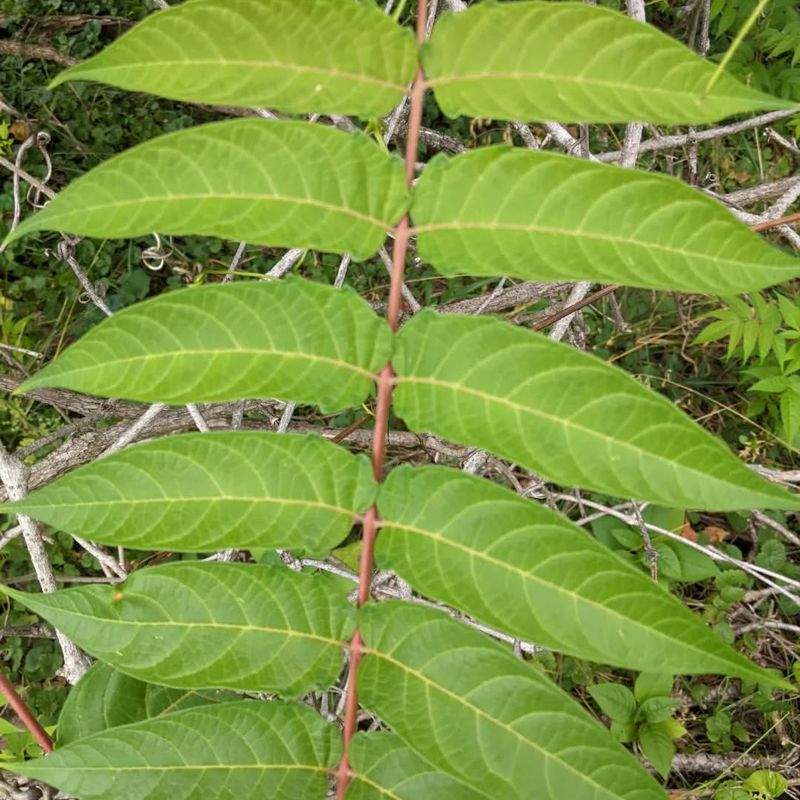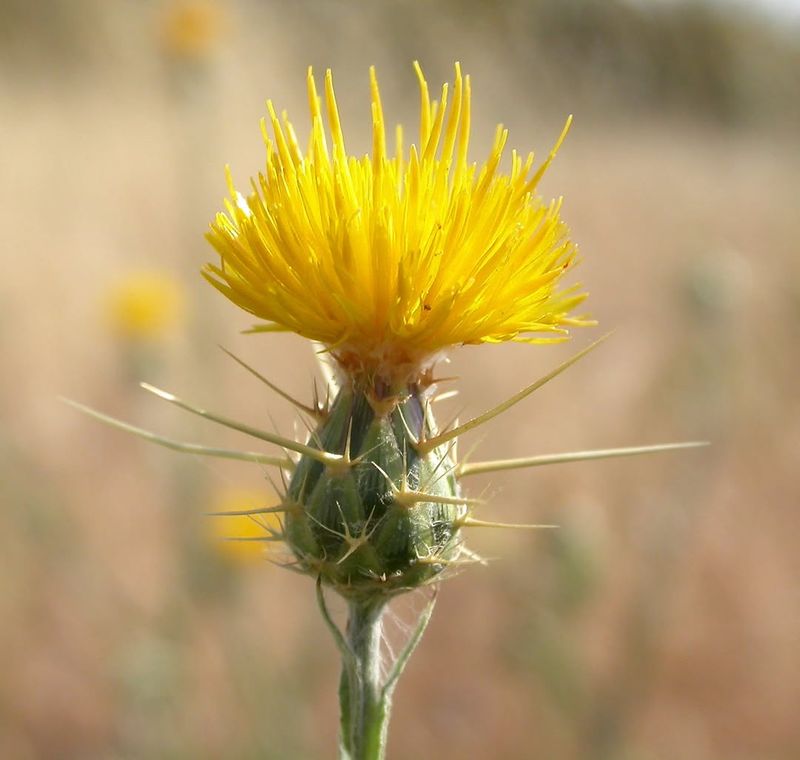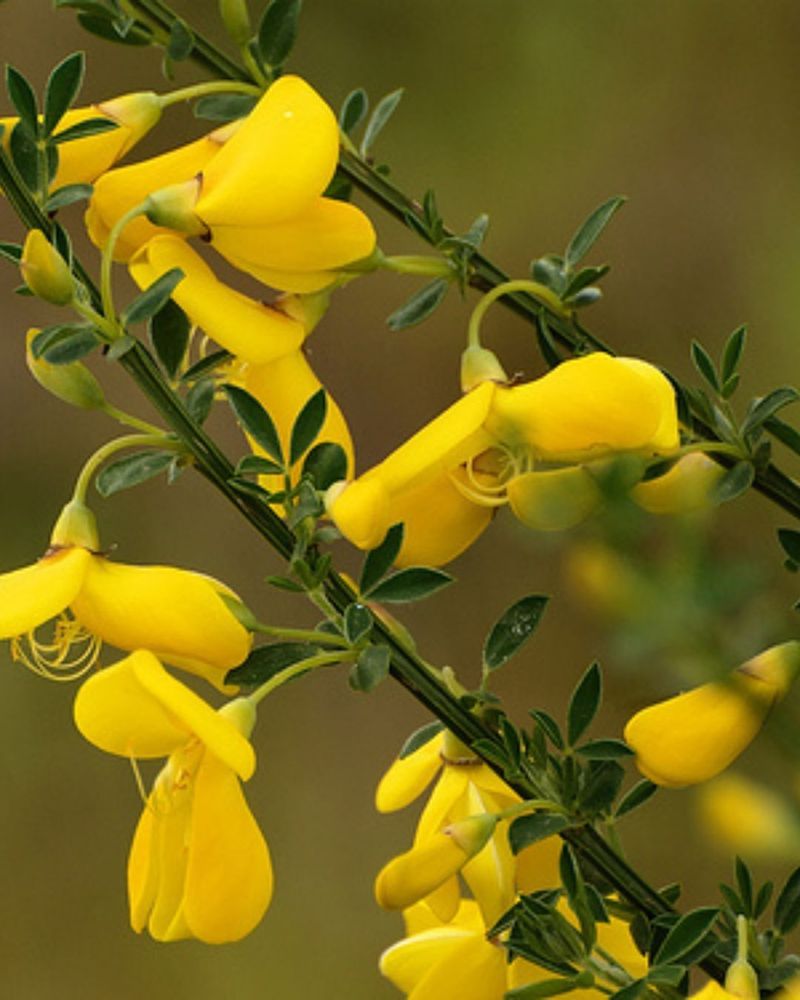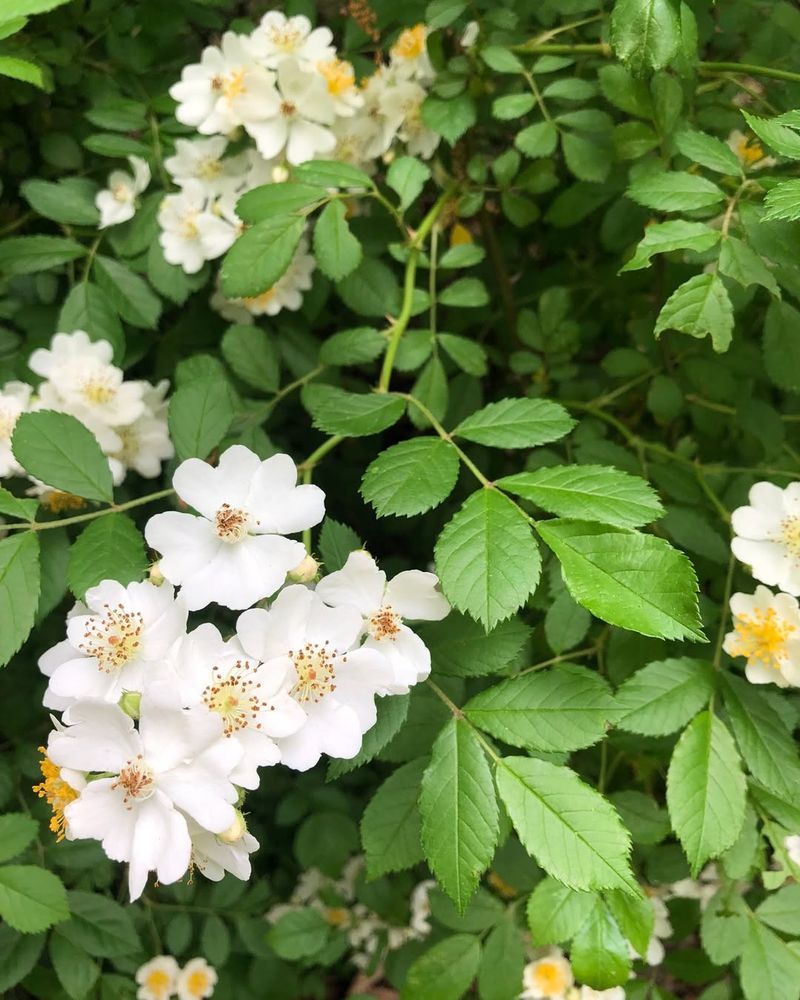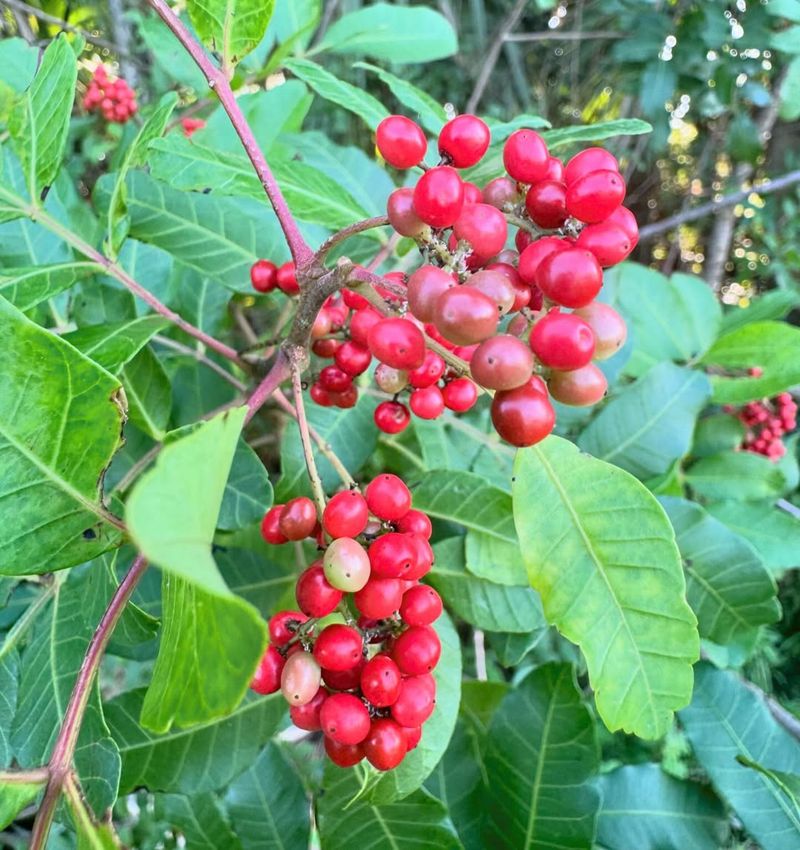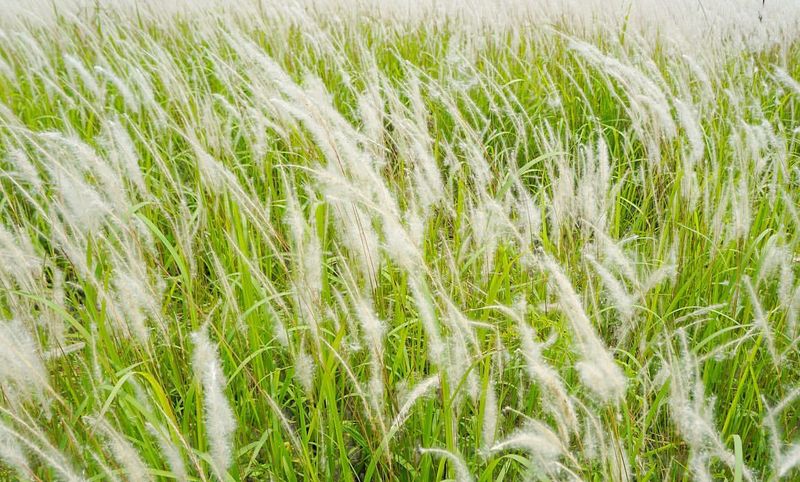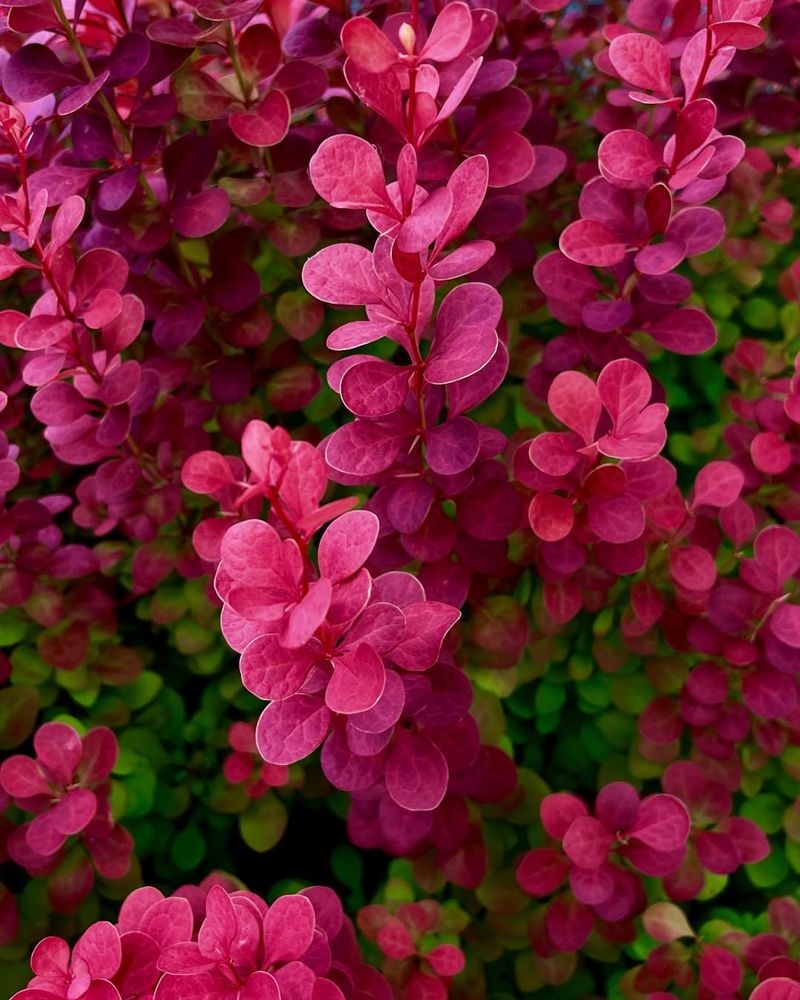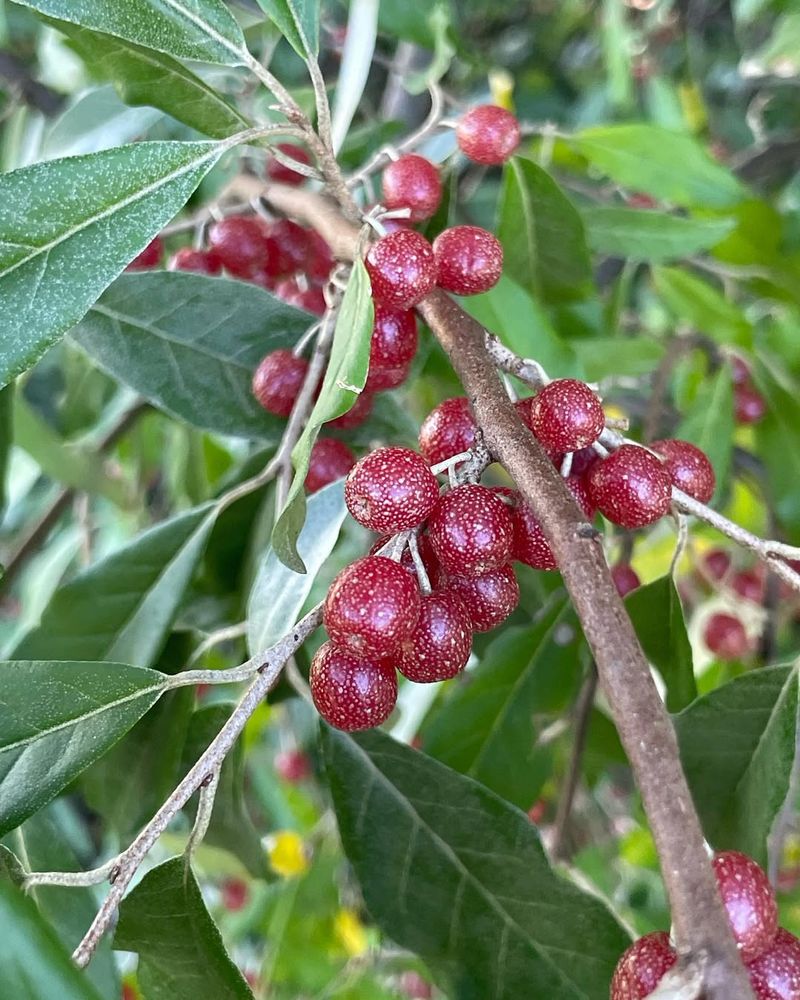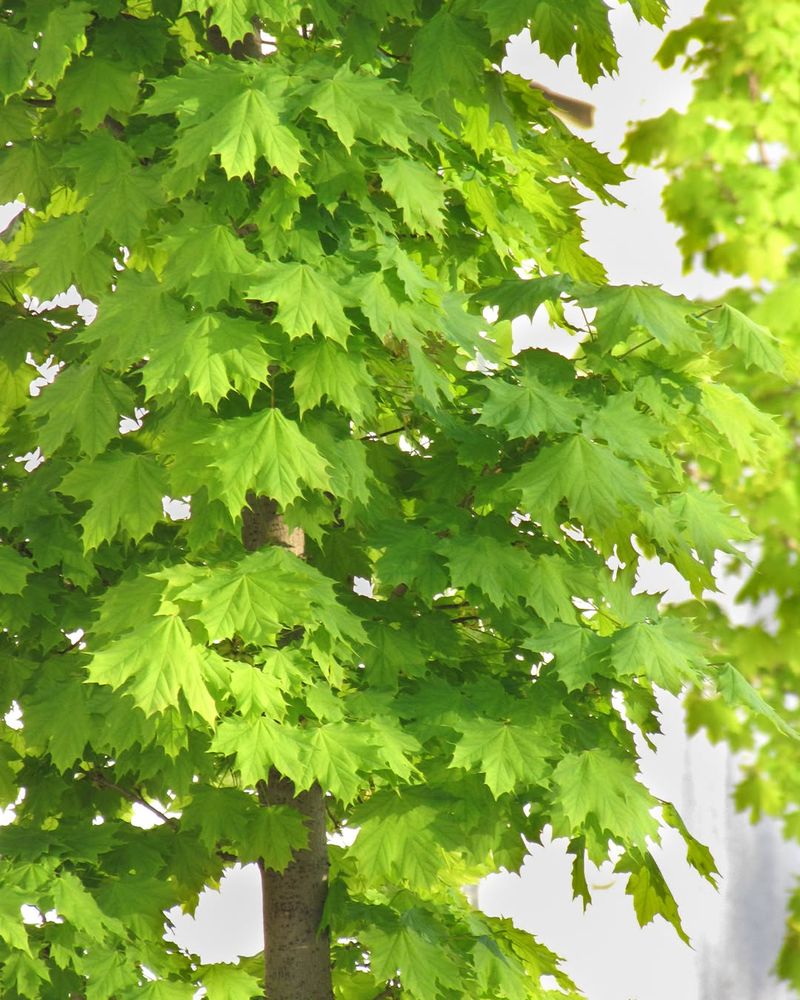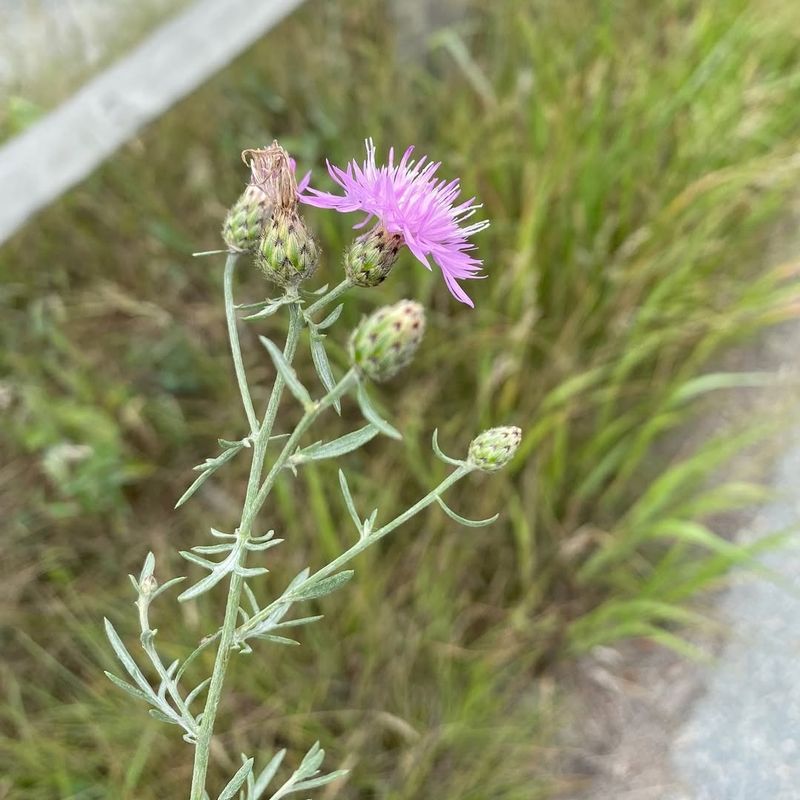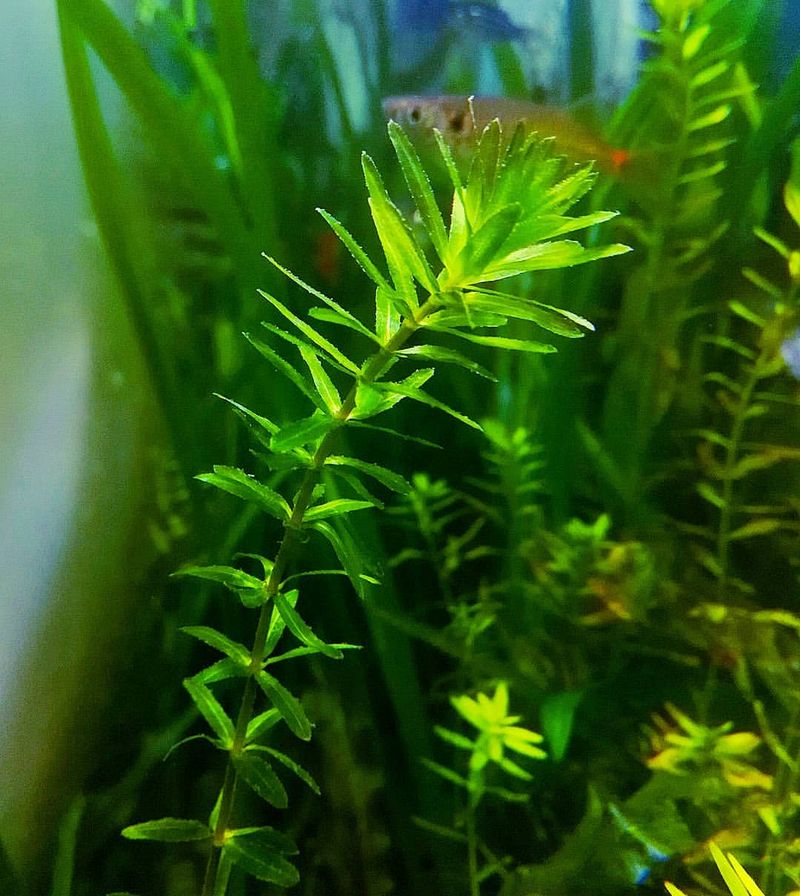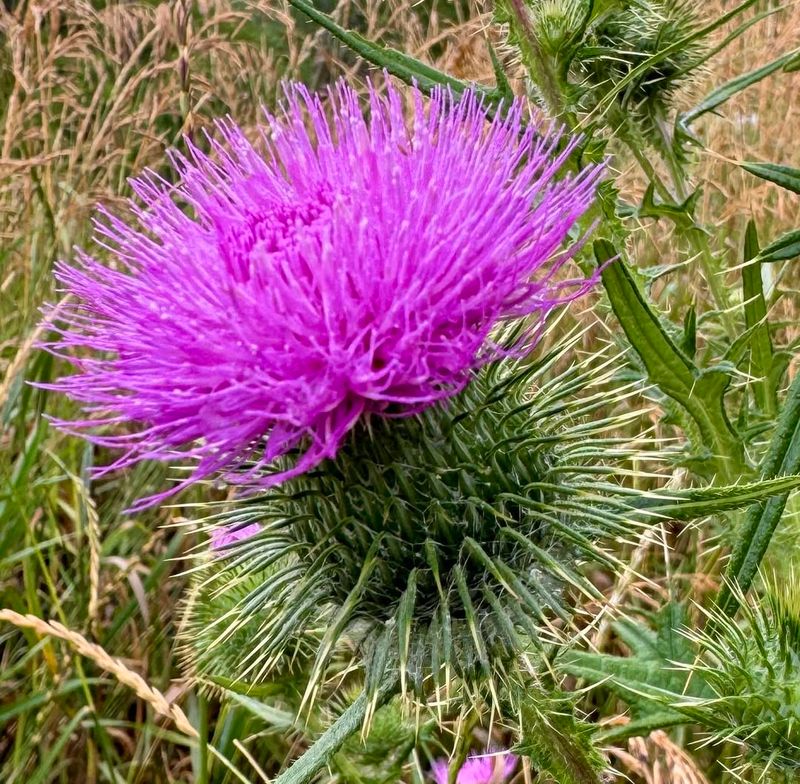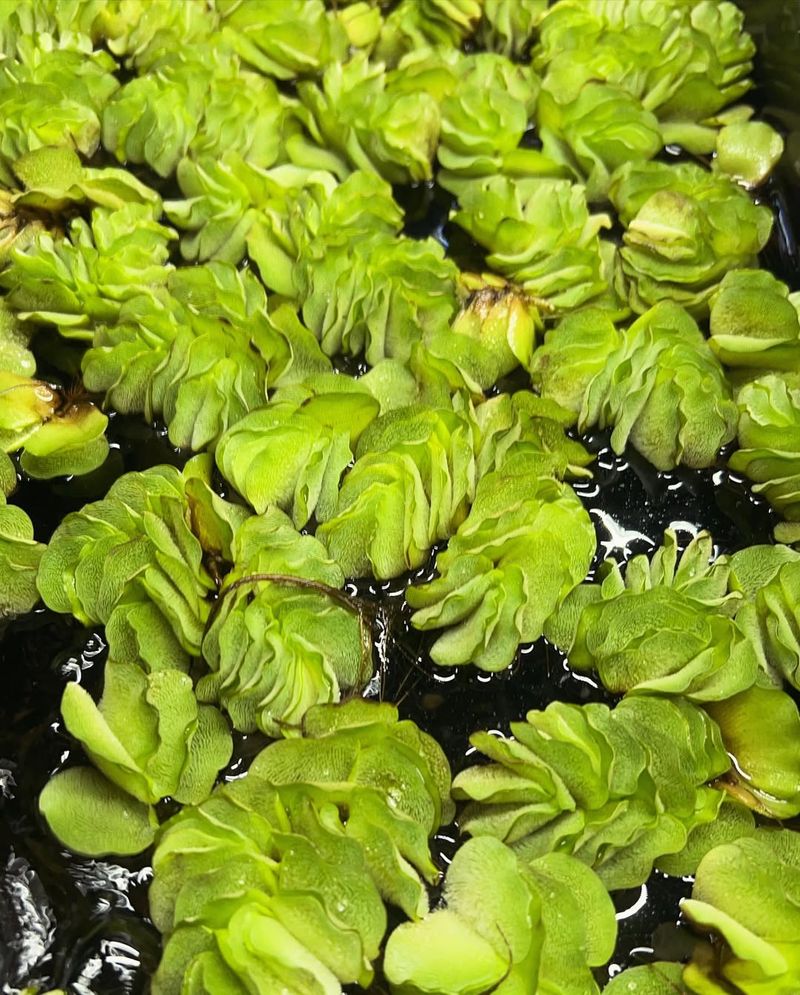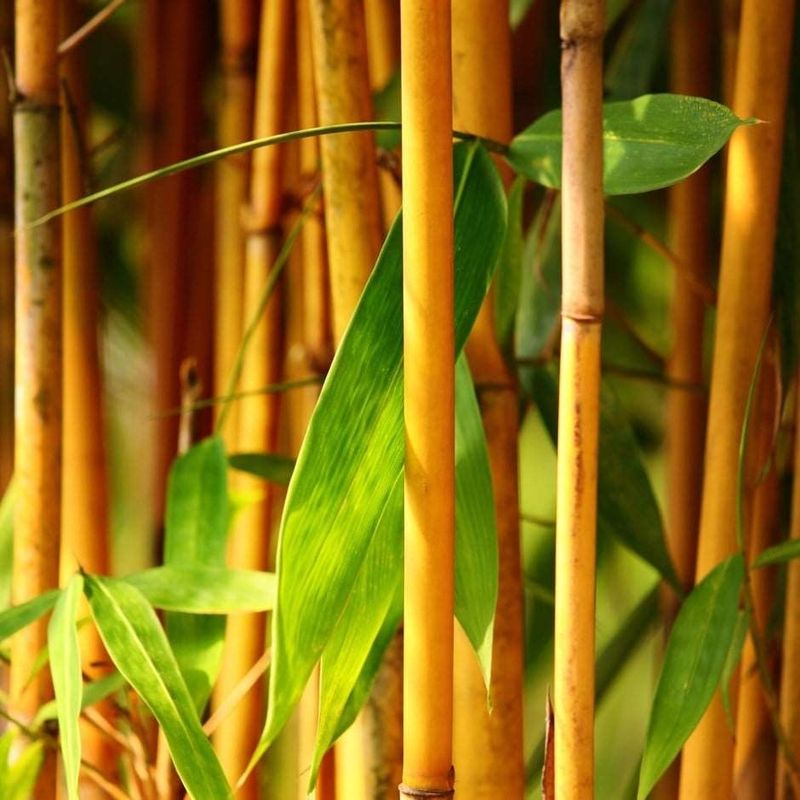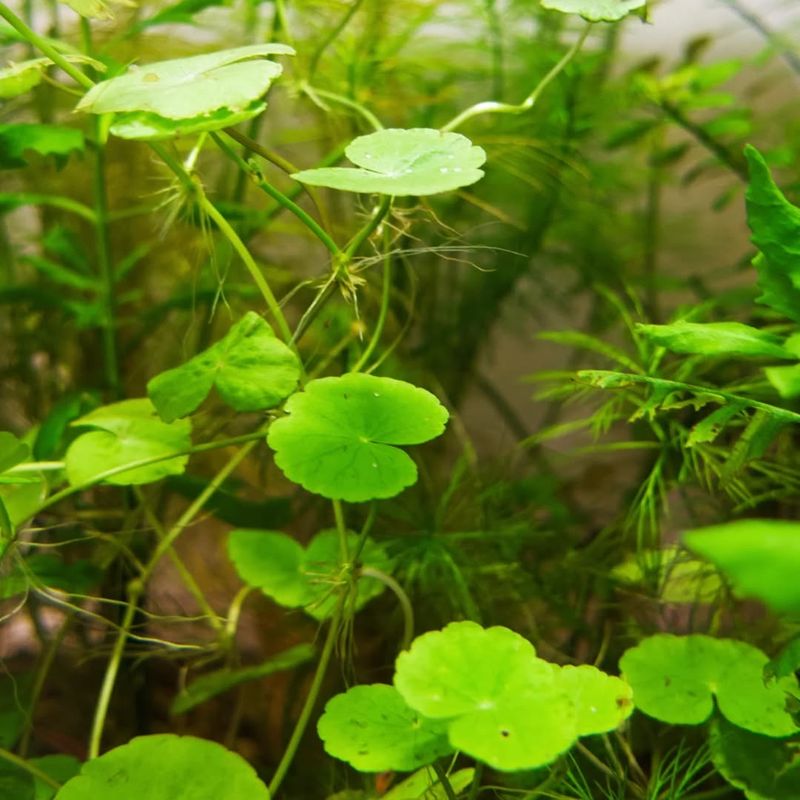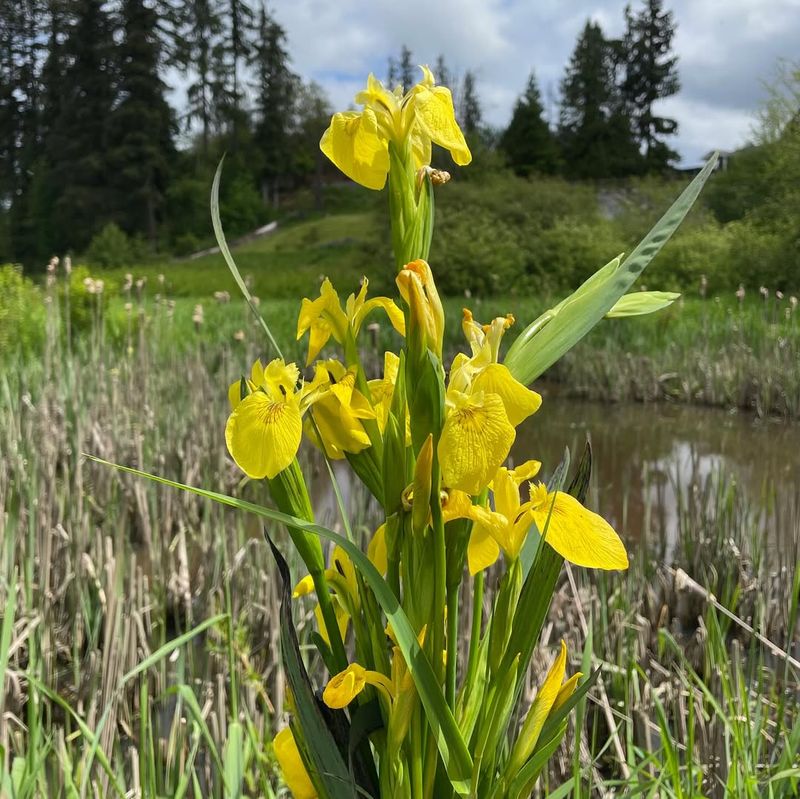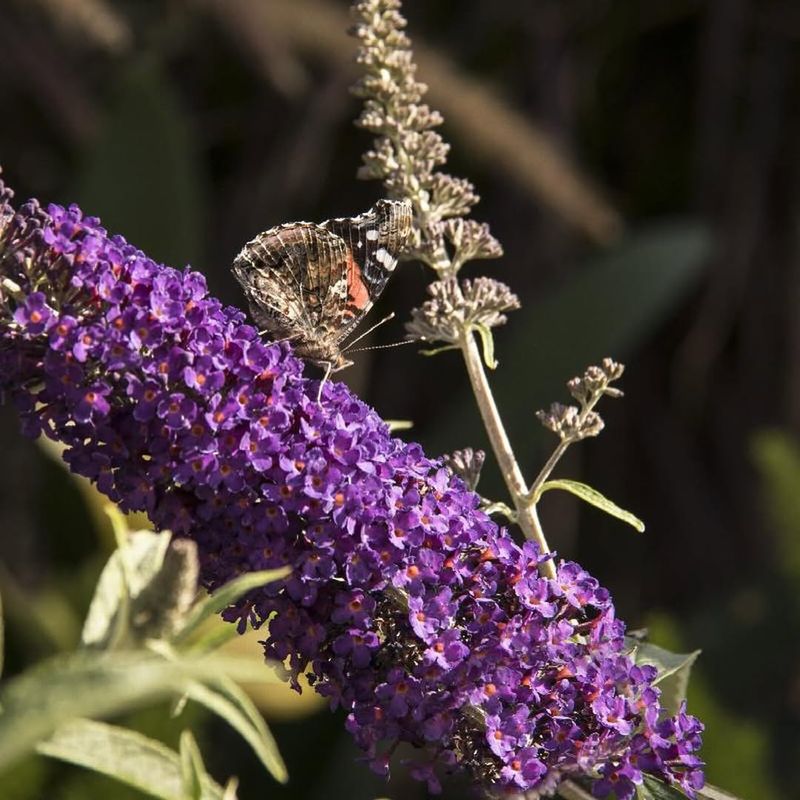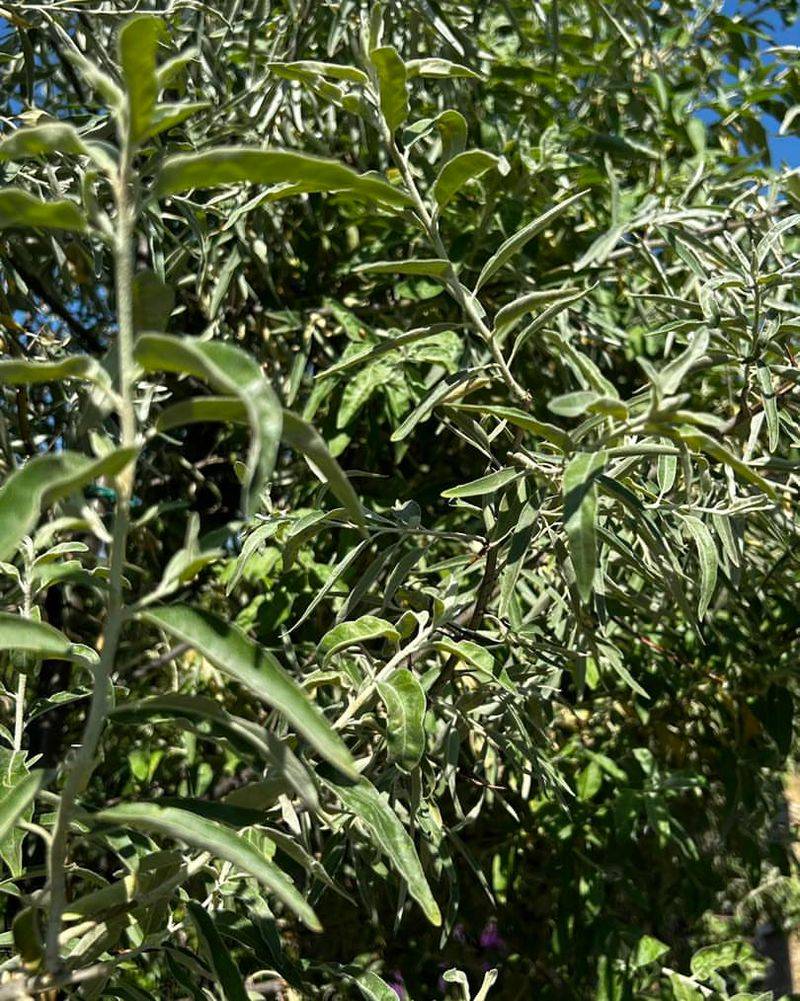Some plants may look harmless, but their rapid spread can wreak havoc on local ecosystems. Invasive species outcompete native plants, disrupt habitats, and are often banned to prevent environmental damage.
Whether introduced accidentally or on purpose, these fast-growing plants can quickly take over. This list highlights 26 plants that are illegal to grow due to their invasive nature, plus a few surprising ones that might be on your radar.
1. Kudzu
Once introduced as a means of erosion control, this vine quickly became a notorious invader. Kudzu, native to Asia, grows at an astonishing rate, overwhelming trees and shrubs in its path. Its ability to smother native plants makes it a significant threat to ecosystems.
Efforts to control its spread include mowing, grazing, and herbicide application. Despite these measures, Kudzu continues to expand its territory, showcasing the challenges of managing invasive species effectively.
2. Japanese Knotweed
Often mistaken for bamboo, this plant is anything but benign. Japanese Knotweed, originating from East Asia, has a reputation for its aggressive root system. It can penetrate through concrete and asphalt, causing structural damage. The plant’s rapid growth and dense thickets impede native vegetation.
Control requires persistent effort, typically involving herbicides or excavation. However, its resilience often complicates eradication, highlighting the importance of early intervention to prevent establishment.
3. Giant Hogweed
Standing tall and imposing, this plant is as dangerous as it is invasive. Giant Hogweed, native to the Caucasus region, produces sap that can cause severe skin burns. Its large leaves and flower clusters overshadow native flora, reducing biodiversity.
Managing its spread is crucial, involving protective clothing for safe removal. The plant’s ability to thrive in disturbed habitats makes it a persistent invader, requiring vigilant monitoring and control.
4. Water Hyacinth
With its vibrant flowers, it might seem harmless, but it’s anything but. Water Hyacinth hails from South America and has rapidly spread in tropical and subtropical regions. The plant forms dense mats on water surfaces, blocking sunlight and depleting oxygen levels, which harms aquatic life.
Removal efforts are labor-intensive, involving mechanical, chemical, and biological control methods. Its ability to reproduce quickly and adapt to different environments makes it a formidable invader.
5. Purple Loosestrife
Pretty yet problematic, this plant transforms wetlands into monocultures. Purple Loosestrife, native to Europe and Asia, disrupts wetland ecosystems by outcompeting native vegetation. Its tall purple flower spikes are misleadingly attractive, disguising its ecological impact.
Control measures include biological control using beetles that feed on the plant. However, eradication is challenging due to its prolific seed production, necessitating long-term management strategies to mitigate its spread.
6. Bamboo
A symbol of strength and flexibility, yet capable of garden domination. Bamboo, although aesthetically pleasing, can be highly invasive. Its underground rhizomes spread rapidly, outpacing native plants and taking over landscapes.
Containing its spread requires barriers or regular maintenance to remove new shoots. While it offers benefits like erosion control and windbreaks, its unchecked growth poses a significant management challenge for homeowners and conservationists alike.
7. English Ivy
Creeping and climbing with ease, this plant is a familiar sight in many gardens. English Ivy, though popular for ornamental use, often escapes cultivation. It clings to buildings and trees, potentially causing structural damage and shading out native plants.
Managing its growth involves regular pruning and careful disposal to prevent reseeding. Despite its appeal, English Ivy’s ability to spread unchecked leads to its classification as an invasive species in many regions.
8. Chinese Tallow
With leaves that turn vibrant shades in autumn, this tree might seem appealing. Chinese Tallow, native to Asia, has aggressively colonized parts of the southern United States. It forms dense stands, displacing native flora and fauna.
The plant’s seeds are toxic to wildlife, reducing biodiversity. Management includes cutting and herbicide treatment, but its rapid regeneration poses ongoing challenges. Its invasive spread serves as a reminder of the importance of regulating non-native species introductions.
9. Garlic Mustard
Despite its culinary name, this plant spells trouble for native ecosystems. Garlic Mustard, native to Europe, thrives in North American forests, displacing native vegetation. Its allelopathic properties inhibit the growth of nearby plants, intensifying its invasive threat.
Control efforts focus on manual removal before seed production, as well as herbicide application. However, its ability to establish quickly necessitates vigilant monitoring and early intervention to curb its spread.
10. Mile-a-Minute Weed
True to its name, this plant grows at an incredible pace. Mile-a-Minute Weed, native to Asia, has spread rapidly in North America, smothering young trees and shrubs. Its barbed stems make removal challenging, often requiring gloves and protective clothing.
Control strategies include manual removal, herbicides, and biological agents such as weevils. The weed’s rapid growth rate and adaptability underscore the importance of early detection and management to prevent widespread invasion.
11. Privet
Often used in hedges, this plant can escape cultivation with ease. Privet, native to Europe and Asia, forms dense thickets that outcompete native vegetation. Its berries, while attractive to birds, contribute to its rapid spread.
Management involves cutting and herbicide application, but its resilience poses challenges. Despite its popularity for landscaping, privet’s invasive nature underscores the need for careful plant selection and management in garden design.
12. Tree of Heaven
As its name suggests, this tree grows rapidly to impressive heights. Tree of Heaven, native to China, spreads aggressively, even in poor soil conditions. Its prolific seed production and allelopathic properties enable it to outcompete native species.
Control often involves repeated cutting and herbicide applications. Despite its ornamental value, its tendency to disrupt local ecosystems highlights the need for careful management and public awareness regarding its invasive potential.
13. Yellow Star-Thistle
A prickly invader that dominates pastures and grasslands. Yellow Star-Thistle, native to the Mediterranean, has become a significant pest in western U.S. regions. Its dense growth reduces grazing space for livestock and native wildlife.
Control involves mowing, herbicides, and biological agents like weevils. However, its ability to produce large quantities of seed makes eradication difficult. Its persistence highlights the challenges of managing aggressive invasive species and the importance of long-term control efforts.
14. Scotch Broom
Bright blooms and dense growth make this plant a formidable invader. Scotch Broom, native to Europe, has spread across North American landscapes, especially in coastal areas. Its ability to fix nitrogen allows it to thrive in poor soils, outcompeting native flora.
Control measures include cutting, herbicide application, and prescribed burning. Despite its vibrant appearance, its aggressive growth and seed longevity pose significant ecological challenges.
15. Multiflora Rose
Once promoted for soil conservation, this plant soon revealed its invasive nature. Multiflora Rose, native to Asia, forms dense thickets that crowd out native species. Its thorny stems make management challenging, often requiring protective gear for removal.
Control strategies include cutting, herbicides, and prescribed burning. While it provides some habitat for wildlife, its unchecked spread disrupts ecosystems, necessitating ongoing control efforts to preserve native biodiversity.
16. Brazilian Pepper
Tropical allure masks a hidden threat to native ecosystems. Brazilian Pepper, native to South America, has become invasive in southern Florida, forming dense canopies that exclude native vegetation. Its berries attract birds, aiding its spread.
Control measures include cutting and herbicides, but its vigorous growth necessitates persistent management. Its impact on biodiversity highlights the risks of introducing non-native species without understanding their ecological consequences.
17. Cogongrass
Grass by name, yet a formidable invader. Cogongrass, native to Asia, has spread across the southeastern United States, outcompeting native grasses and altering fire regimes. Its dense mats hinder wildlife movement and reduce biodiversity.
Management is challenging, often requiring a combination of mechanical removal, herbicides, and prescribed fires. Its resilience underscores the complexity of eradicating invasive species and the importance of integrated management strategies.
18. Japanese Barberry
Decorative appeal belies a more sinister side. Japanese Barberry, native to Asia, has become invasive in the eastern United States, forming dense thickets that displace native species. Its seeds are dispersed by birds, facilitating rapid spread.
Control involves manual removal with protective gear due to its thorns, as well as herbicides. The plant’s ability to thrive in various environments emphasizes the challenges of managing invasive plants and the need for public awareness.
19. Autumn Olive
Abundant berries and silvery leaves disguise the invasive potential of this shrub. Autumn Olive, native to Asia, spreads rapidly across North America, outcompeting native plants. Its nitrogen-fixing ability allows it to thrive in poor soils, altering ecosystems.
Control measures include cutting and herbicide application, but its rapid regeneration requires persistent management. Despite its ornamental uses, its aggressive spread serves as a cautionary tale about the unintended consequences of introducing non-native species.
20. Common Reed
Towering stands of this grass can transform wetlands into monocultures. Common Reed, native to Eurasia and Africa, displaces native vegetation in North American wetlands, reducing biodiversity. Its dense growth alters hydrology and habitat structure, impacting wildlife.
Control involves mechanical removal, herbicides, and prescribed burns. However, its extensive rhizome network makes eradication challenging. The plant’s invasive spread emphasizes the need for coordinated management efforts to restore and protect wetland ecosystems.
21. Norway Maple
Shade and beauty mask the ecological impact of this tree. Norway Maple, native to Europe, has become invasive in North America, outcompeting native trees and altering forest composition. Its dense canopy shades out understory plants, reducing biodiversity.
Control includes removal of young saplings and replacement with native species. Despite its ornamental appeal, its spread serves as a reminder of the importance of preserving native ecosystems and the careful selection of landscaping plants.
22. Spotted Knapweed
A resilient invader of grasslands and rangelands. Spotted Knapweed, native to Europe, has proliferated in the western U.S., degrading pastures and reducing biodiversity. Its deep taproot and allelopathic properties give it a competitive edge over native plants.
Control efforts include herbicides, biological agents, and reseeding with native species. The plant’s persistence underscores the challenges of managing invasive species and the importance of early detection and intervention.
23. Hydrilla
Submerged and silent, this aquatic plant poses a serious threat to water ecosystems. Hydrilla, native to Asia, forms dense mats that obstruct water flow and outcompete native aquatic vegetation. Its rapid growth and reproduction make it difficult to control, often requiring mechanical removal and herbicides.
The plant’s impact on aquatic habitats highlights the importance of prevention and early intervention in managing invasive species, as well as the need for public awareness and education.
24. Canada Thistle
Despite its name, this plant is an unwelcome guest in many regions. Canada Thistle, native to Europe and Asia, has spread across North America, infesting pastures and fields. Its extensive root system makes it difficult to eradicate, often requiring repeated herbicide applications and cultivation.
The plant’s ability to spread rapidly emphasizes the importance of integrated management strategies and the need for vigilance in preventing its establishment and spread.
25. Lantana
Vivid flowers mask the invasive potential of this garden favorite. Lantana, native to the Americas, has spread across tropical and subtropical regions, forming dense thickets that displace native plants. Its berries are toxic to livestock, further complicating management.
Control involves regular pruning, herbicides, and replacement with non-invasive alternatives. Despite its ornamental appeal, lantana’s aggressive spread highlights the need for responsible gardening practices and the careful selection of landscape plants.
26. Salvinia
Floating silently, this aquatic fern can quickly dominate water bodies. Salvinia, native to South America, forms dense mats that block sunlight and reduce oxygen levels, harming aquatic life. Its rapid growth and ability to reproduce vegetatively make it a formidable invader.
Control efforts include mechanical removal, herbicides, and biological agents such as weevils. The plant’s impact on freshwater ecosystems underscores the importance of prevention and early detection in managing invasive species.
27. Golden Bamboo
Majestic and towering, this bamboo species can quickly become an unwelcome guest. Golden Bamboo, native to Asia, spreads via underground rhizomes, forming dense stands that displace native vegetation. Control involves installing physical barriers and regular removal of new growth.
Despite its ornamental uses, its rapid spread and hardiness emphasize the challenges of managing invasive species in residential and natural settings.
28. Brazilian Waterweed
Submerged and prolific, this aquatic plant can transform water bodies. Brazilian Waterweed, native to South America, has spread in freshwater environments, forming dense mats that disrupt aquatic ecosystems.
Its rapid growth and adaptability make it difficult to control, often requiring mechanical removal and herbicides. The plant’s invasive nature underscores the importance of monitoring and early intervention to protect aquatic habitats from degradation.
29. Yellow Flag Iris
Bright yellow blooms disguise a more sinister ecological impact. Yellow Flag Iris, native to Europe, has become invasive in North American wetlands, outcompeting native vegetation and altering habitat structure.
Control involves manual removal and herbicides, but its extensive rhizome network complicates eradication efforts. The plant’s impact on wetland ecosystems highlights the need for coordinated management efforts and public awareness to prevent further spread.
30. Buddleia
Attracting butterflies with ease, this shrub masks its invasive threat. Buddleia, native to Asia, spreads rapidly in temperate regions, forming dense thickets that displace native plants. Its seeds disperse widely, facilitating its spread.
Control includes regular pruning and replacement with non-invasive alternatives. Despite its popularity in gardens, buddleia’s invasive nature underscores the need for responsible gardening practices and awareness of plant choice impacts.
31. Russian Olive
Silvery leaves and abundant fruit disguise the invasive potential of this tree. Russian Olive, native to Europe and Asia, has spread across North America, forming dense stands that outcompete native vegetation.
Its nitrogen-fixing ability allows it to thrive in various environments, altering ecosystems. Control includes cutting and herbicide application, but its resilience poses challenges. Despite its ornamental uses, its aggressive spread highlights the need for careful plant selection and management.

